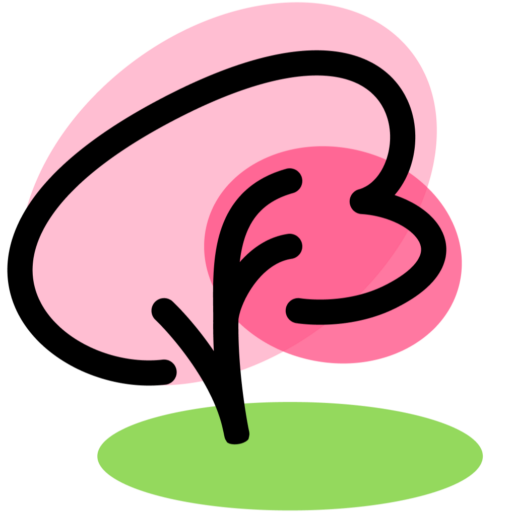I used to take lots of pictures of cherry blossoms, then come home and browse through the guide Ornamental cherries in Vancouver to try to find out what kind of cherry tree it was.
At the Blossom Biology workshop with Douglas Justice, I learnt that identifying cherry trees is a process: you can’t identify the cherry tree by looking solely at the blossoms. The color of the emerging leaves (green or copper) and the color of the blossoms (some will open pink and turn white) will give you clues on its identity. The shape of the tree, too.
This means you need to photograph more than just the blossoms if you want to be able to identify a cherry tree. Here are some tips:
- Diffused light is best. Block the sun with a book so there are no shadows on the flower. This will allow you to capture the color of the blossoms (some hints of pink on a white flower can be a clue).
- Measure the blossoms or photograph them next to a nickel or quarter to give an idea of the scale. Or use the ruler printed on the last page of the book Ornamental cherries in Vancouver.
- Capture the whole tree. The shape of the crown will give you tips on what kind of tree it is. Fore more info, check out these drawings of cherry tree shapes by Wendy Cutler on the UBC forum showing different crowns: vase, umbrella, narrow, etc.
- Look at the emerging flowers and leaves (some leaves are copper, others are green).
- Examine the old flowers (some blossoms will come out pink and become white).
- Number of petals (single flowers have 5 petals, semi-double flowers have 6-10 petals, double blossoms have 10 petals or more, and chrysanthemum cherry blossoms can have 100 petals!
- Scent (some cherry trees will have a fragrant almond scent).
- Part of the flowers: prunus avium is a white cherry tree easily recognizable by its recurved sepals (the leafy part shaped like a star that is usually in contact with the back of the flower is sticking up):
If you’ve taken care of noting all these elements, identifying cherry trees will be easier.








